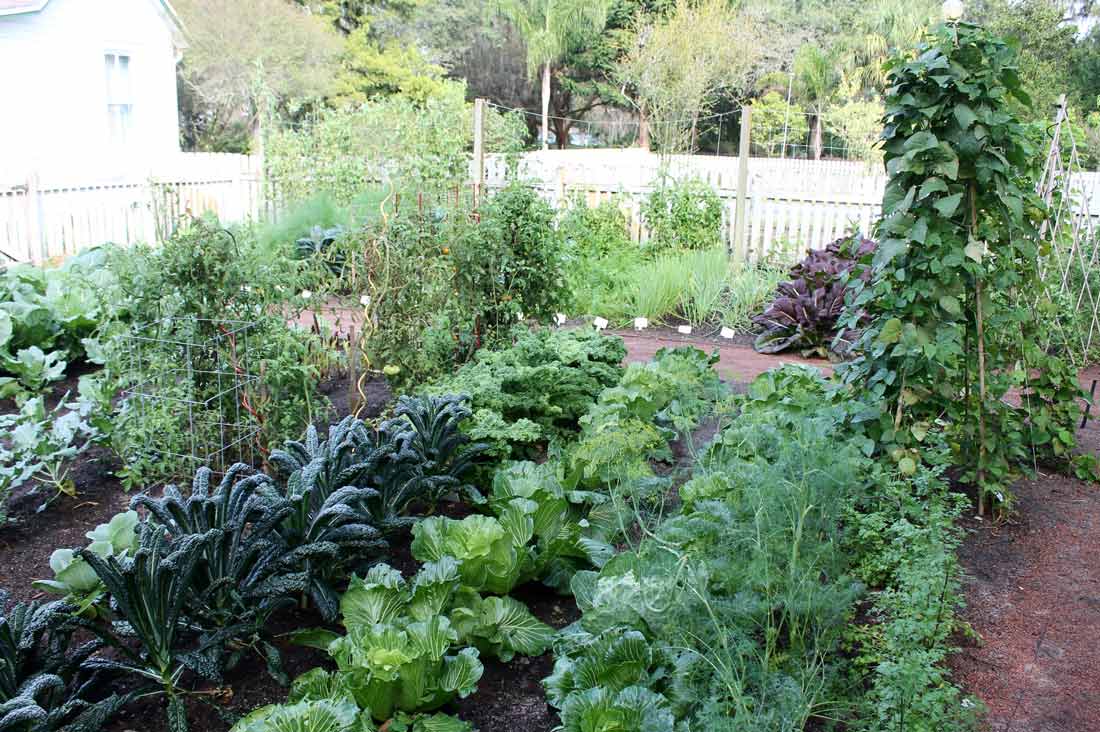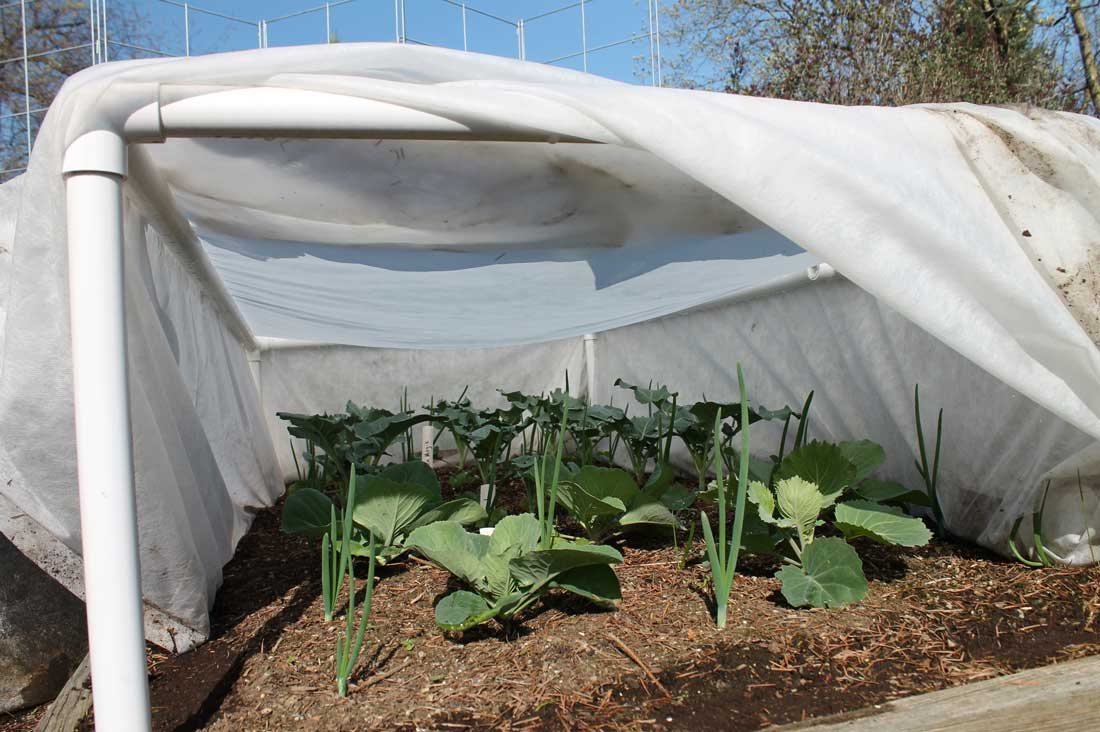How it Works: Preen Garden Weed Preventers
Here's how our Garden Weed Preventers prevent weeds before they even sprout rather than killing them after they’ve already had the chance to grow.
Don’t be too quick to put that vegetable garden of yours to bed for winter. Fall, in much of the United States, offers a good six weeks or more of growing weather. Why waste it?
The season’s first frost might spell the end of warm-weather crops such as peppers, tomatoes, and cucumbers, but lots of other edibles keep growing through frosty nights. Many of the same crops that do well in early spring can be planted again from late summer to early fall for late-fall or even early-winter harvest.
The main reason to keep that vegetable garden going in fall is that you’ll take advantage of otherwise wasted space, giving you an October-November supply of crops such as kale, spinach, lettuce, radishes, mustard, collards, mesclun, parsley, carrots, parsnips, turnips, and beets.
Other positives to fall gardening is that bug problems are generally less in fall (except for cabbage worms), fewer weeds germinate in fall than in summer, and temperatures and rainfall are usually better than summer. The cooling days of September and October are more pleasant for gardeners, too.
Lean toward varieties that mature as quickly as possible. Examples are leaf lettuce and radishes, which can go from seed to table in 30 days.
A few inches of chopped leaves around fall crops give a bit of extra insulation. If you are anticipating especially cold nights with cold frames, you can also protect your plants with portable glass- or plastic-covered boxes, or floating row covers (a lightweight fabric that drapes right over the plants) to help keep the freezing temperatures from shortening their lifespan.
Keep in mind that growth commonly slows in fall’s shortening days and cooling temperatures, so allow some extra grow time from that listed on seed packets.

George Weigel
Besides the crops mentioned above, consider transplants of broccoli, cabbage, brussels sprouts, and cauliflower. These take a little longer lead time and are best-planted mid-August to early September in most of the United States.
Crops such as kale, brussels sprouts, carrots, and parsnips actually taste better after a frost or two.
A good place to plant fall crops is in spaces being vacated by summer crops.
As the beans and melons are harvested or as cold weather kills the tomatoes and peppers, compost those spent plants and immediately replant with seeds or transplants of fall crops.
Work an inch or two of compost into the soil first and scatter the surface with granular fertilizer to maximize fall performance.

George Weigel